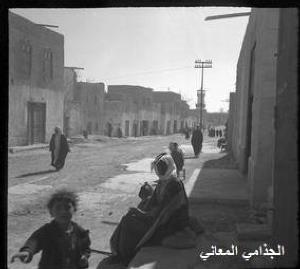
History: Ma’an is attributed to the Arab people of Yemen called Minaeans who settled in the area between the 2nd and 4th century BC. The city was named after the son of Lot who is mentioned both in the Bible and the Quran. During the Byzantine era most people in and around the city of Ma’an were Christians who converted to Islam in the 7th century. During the Umayyad era, Ma’an became prosperous because of the trade that was passing through it. Ma’an also benefited from pilgrims who travelled through the route on their way to Hajj. Ma’an experienced a fall in its prosperity for several centuries before the Ottoman Empire. The Ottomans built a fort to protect the Hajj route and provide civic amenities for the pilgrims who wanted to take a few days to rest before embarking on their journey to and from Mecca.
Geography: Ma’an is located 220 km south of Amman in southern Jordan. The arid climate of Ma’an makes the summers very hot while the winters are mild to cold.
Demography: Ma’an has a population of about 50,000 people. Due to its old association with the Hajj travel industry, most of its people are literate and some take up the vocation of Imam after religious training and education. The people of Ma’an have always maintained close relations with the Bedouins of the desert. Ma’an has been divided between Ma’an al-Shamiyya and Ma’an al-Hijaziyya because of the division of the town which has existed because of control of different governments in the area. However, the Ma’an municipality rules both parts of the city equally.
Tourism: The majority of tourism in Ma’an has been Hajj related. Most tourists are desert trekkers who stay in the city for a night or two before continuing the next leg of their desert safari or journey.
Other Facts: Ma’an's centralized location serves as an important transport hub because of its location on the old trading route called King’s Highway and the modern day Desert Highway.